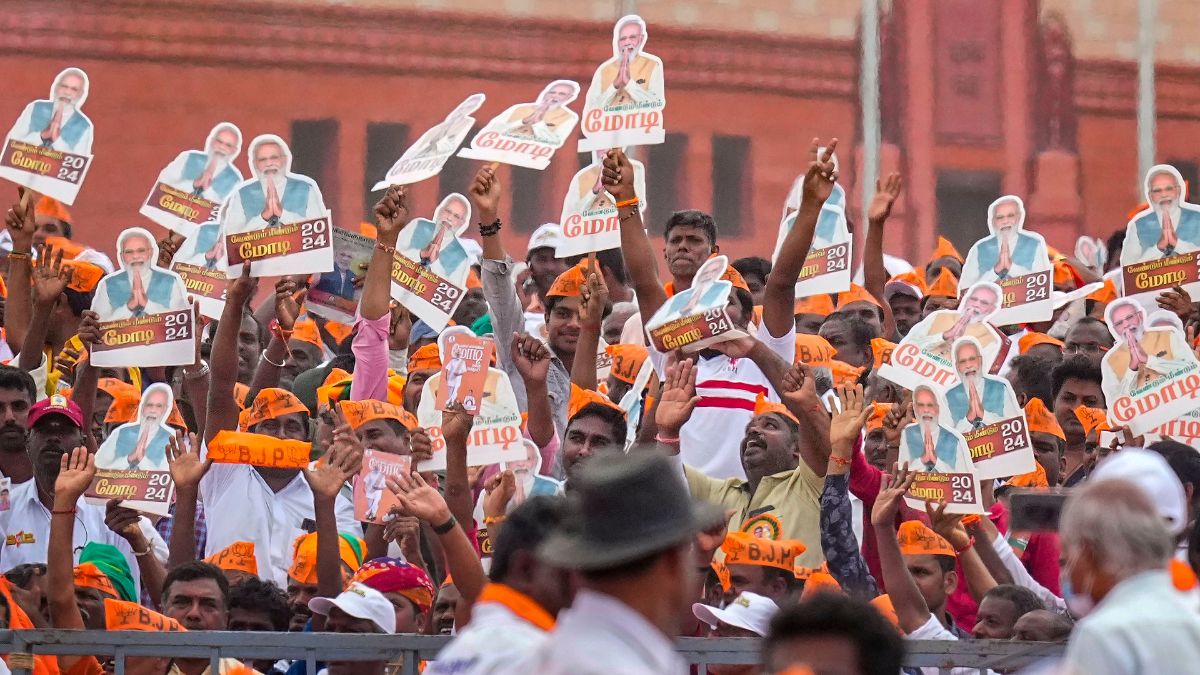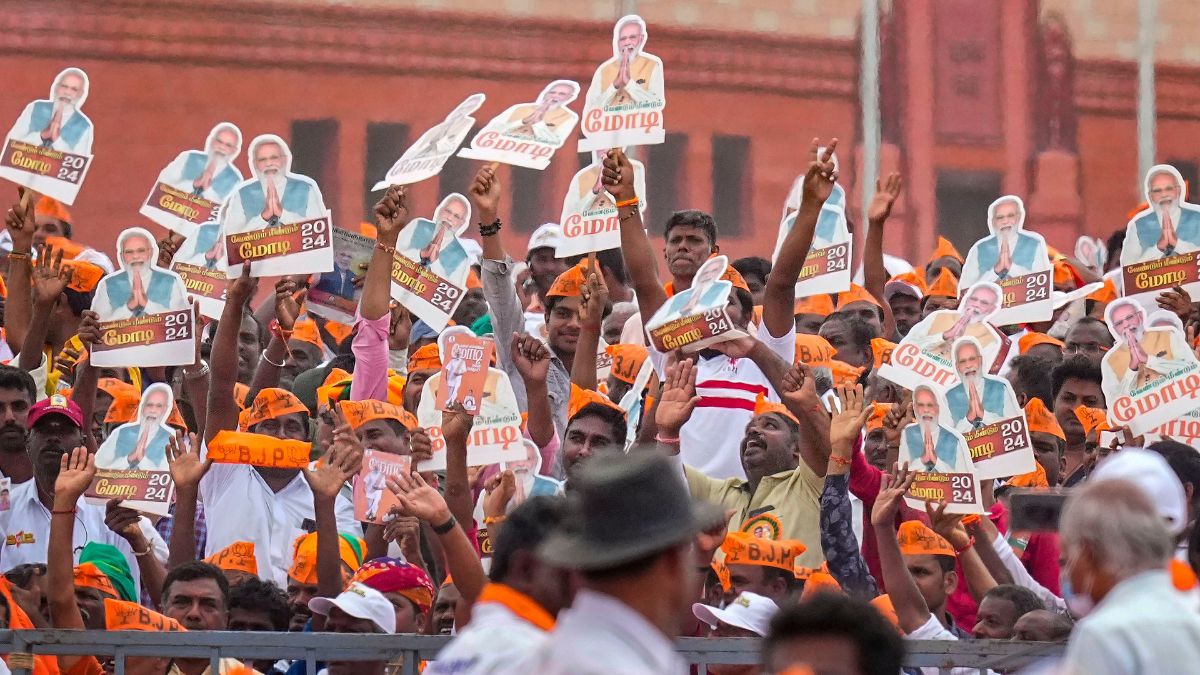A ‘Dharma Sansad’ convened by the Shankaracharya Swami Swaroopanand Saraswati of Dwarka Peeth passed a resolution that Sai Baba, the 19th century saint from Shirdi, should not be worshipped as a deity by the followers of ‘Sanatan Dharma’. This happened at Kawardha in Chhattisgarh. Neither the selection of Kawardha by the Shankaracharya was new nor was it a one-off activity of the Hindutva forces to stir religious sentiments.
Kawardha has been the hub of the religio-political movement of the Hindutva forces in Chhattisgarh ever since Swami Brahmanand Saraswati, the then Shankaracharya of the Jyotir Math chose Kawardha to spend his two months obligatory camp stay called ‘Chaturmas’ there.
The target this time - Sai Baba - was not among the routine ones but the development confirms to a pattern by now normal in BJP-ruled states: while the party controls the administration, the Hindutva forces get a virtual free hand to expand their influence in social and cultural spaces. Both feed off each other in a mutually beneficial arrangement.
If Prime Minister Narendra Modi is totally silent on the growing communalisation of the Indian society, it can be explained away by examples of his chief ministership in Gujarat, Shivraj Chauhan’s in Madhya Pradesh and that of Raman Singh in Chhattisgarh.
Within a year of the BJP coming to power in Chhattisgarh - it was in 2003 - the Hindu religious groups started organizing an yearly ‘Kumbh’ at Rajim near Raipur on the banks of the river Mahanadi. Rajim has been a pilgrimage centre for the followers of the Vaishnavism for centuries.
Hordes of Sants and Sadhus with the status of ‘state guests’ started descending for the show that was given a formal shape through an official Act passed by the state assembly in 2005. Rajim replications are in the pipeline. Chandrapur, further downstream on Mahanadi before it meets Hirakud Dam in Odisha, is the next site where preparations are going on for a Kumbh planned for 2017-18.
Politically, the plains of Mahanadi are significant. It is here that the battle for the Dalit votes is going to take place. Numerically the strongest among many sects and socio-religious movements that came up in the region, the Satnam Panth, led by Guru Ghasidas incorporated a major section of the dalits in the nineteenth century.
The community constituted a little less than one sixth of the total population of Chhattisgarh. But since the spread was essentially confined to the plains of the river Mahanadi in the middle third of the state, the impact their density made on the social (and later political) scene was much stronger than the numbers suggest.
The community backed the Congress in the earlier days. The seeds of the Bahujan Samaj movement were sown in the plains of Mahanadi in Chhattisgarh. Later, in early 1980s, when Kanshi Ram created BSP (Bahujan Samaj Party), a large chunk of support drifted away from Congress towards the BSP. The Gandas, next in numbers among the Dalits remained with the Congress. The BJP did not have a significant presence among Dalits till then.
Around the same time the conversion among the tribals into Christianity started plateauing and the focus of the Christian missionaries turned towards the Dalits – the Satnamis and the Gandas. About 40 to 50 per cent of the Satnamis have over the years converted to Christianity, according to Dina Nath Khunte, the state chief of the Satnam Project - one of the activities of the ‘Dharma Jagran Samanvay Vibhag’ of the RSS. Gandas are numerically not strong but the conversion rate amongst them is believed to be higher.
The Hindutva groups are going full throttle in the Mahanadi plains to get back the Satnamis into the Hindutva fold – read the BJP fold. The Guru family is now split into the BJP- and the Congress-friendly factions. For the Gandas, a Grand mela christened the ‘Trinath Mela’ is being planned for the first time in the Shishupal Giri Hills near Saraipali in Eastern Chhattisgarh in February next year. A mass ‘Ghar-Vaapsi’ programme is being worked out.
With the OBCs and the tribals divided almost equally between the BJP and the Congress, the Dalits carry the potential to tilt the political balance in the state. The focus of the Hindutva forces has been to woo Christian Dalits and tribals Dalits to the BJP’s fold. To facilitate this process, the government has even passed a state-specific Act in 2005 which makes reconversion to Hinduism a non-cognisable offence.


)




)
)
)
)
)
)
)
)